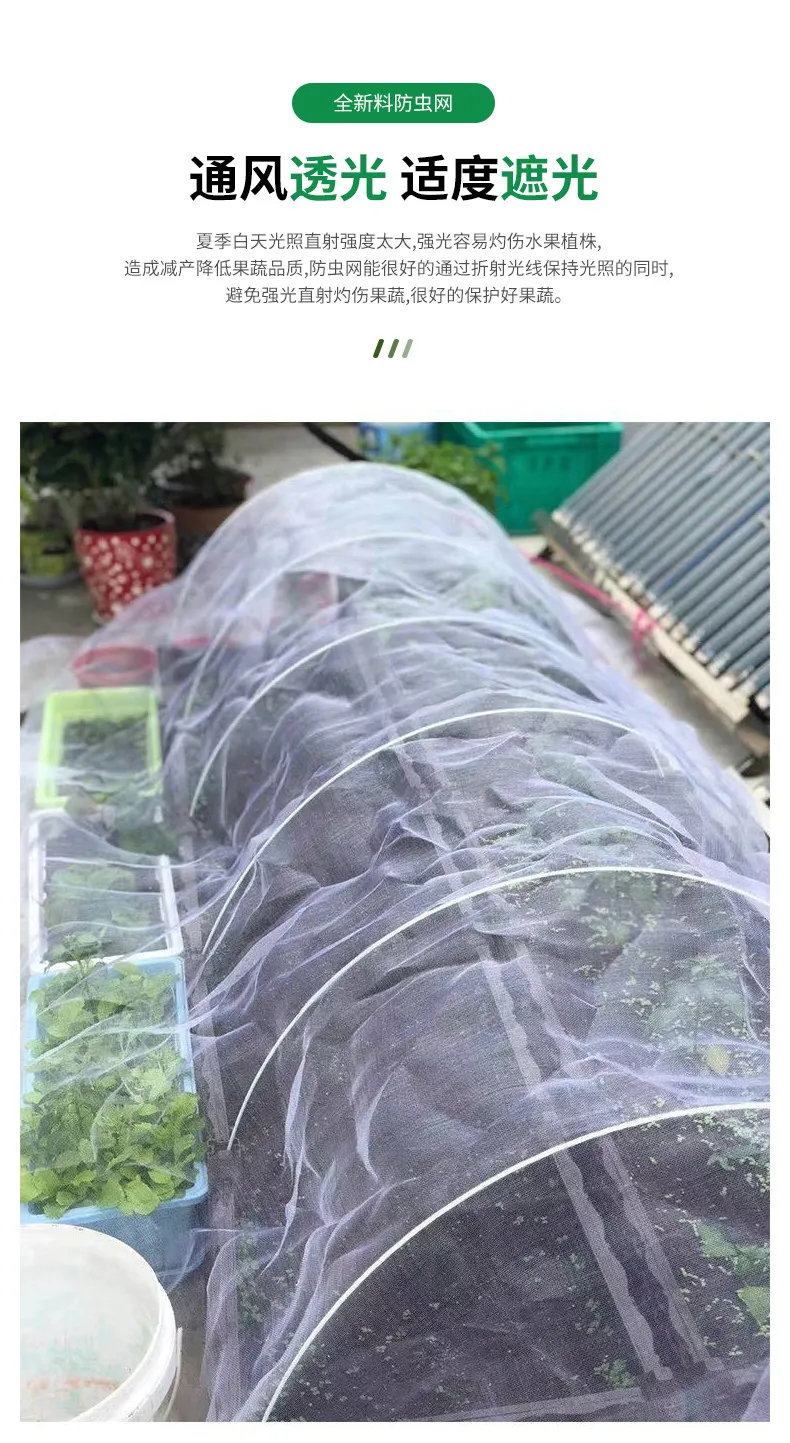-
 Afrikaans
Afrikaans -
 Albanian
Albanian -
 Amharic
Amharic -
 Arabic
Arabic -
 Armenian
Armenian -
 Azerbaijani
Azerbaijani -
 Basque
Basque -
 Belarusian
Belarusian -
 Bengali
Bengali -
 Bosnian
Bosnian -
 Bulgarian
Bulgarian -
 Catalan
Catalan -
 Cebuano
Cebuano -
 China
China -
 Corsican
Corsican -
 Croatian
Croatian -
 Czech
Czech -
 Danish
Danish -
 Dutch
Dutch -
 English
English -
 Esperanto
Esperanto -
 Estonian
Estonian -
 Finnish
Finnish -
 French
French -
 Frisian
Frisian -
 Galician
Galician -
 Georgian
Georgian -
 German
German -
 Greek
Greek -
 Gujarati
Gujarati -
 Haitian Creole
Haitian Creole -
 hausa
hausa -
 hawaiian
hawaiian -
 Hebrew
Hebrew -
 Hindi
Hindi -
 Miao
Miao -
 Hungarian
Hungarian -
 Icelandic
Icelandic -
 igbo
igbo -
 Indonesian
Indonesian -
 irish
irish -
 Italian
Italian -
 Japanese
Japanese -
 Javanese
Javanese -
 Kannada
Kannada -
 kazakh
kazakh -
 Khmer
Khmer -
 Rwandese
Rwandese -
 Korean
Korean -
 Kurdish
Kurdish -
 Kyrgyz
Kyrgyz -
 Lao
Lao -
 Latin
Latin -
 Latvian
Latvian -
 Lithuanian
Lithuanian -
 Luxembourgish
Luxembourgish -
 Macedonian
Macedonian -
 Malgashi
Malgashi -
 Malay
Malay -
 Malayalam
Malayalam -
 Maltese
Maltese -
 Maori
Maori -
 Marathi
Marathi -
 Mongolian
Mongolian -
 Myanmar
Myanmar -
 Nepali
Nepali -
 Norwegian
Norwegian -
 Norwegian
Norwegian -
 Occitan
Occitan -
 Pashto
Pashto -
 Persian
Persian -
 Polish
Polish -
 Portuguese
Portuguese -
 Punjabi
Punjabi -
 Romanian
Romanian -
 Russian
Russian -
 Samoan
Samoan -
 Scottish Gaelic
Scottish Gaelic -
 Serbian
Serbian -
 Sesotho
Sesotho -
 Shona
Shona -
 Sindhi
Sindhi -
 Sinhala
Sinhala -
 Slovak
Slovak -
 Slovenian
Slovenian -
 Somali
Somali -
 Spanish
Spanish -
 Sundanese
Sundanese -
 Swahili
Swahili -
 Swedish
Swedish -
 Tagalog
Tagalog -
 Tajik
Tajik -
 Tamil
Tamil -
 Tatar
Tatar -
 Telugu
Telugu -
 Thai
Thai -
 Turkish
Turkish -
 Turkmen
Turkmen -
 Ukrainian
Ukrainian -
 Urdu
Urdu -
 Uighur
Uighur -
 Uzbek
Uzbek -
 Vietnamese
Vietnamese -
 Welsh
Welsh -
 Bantu
Bantu -
 Yiddish
Yiddish -
 Yoruba
Yoruba -
 Zulu
Zulu
Welded Steel Fabric Reinforcement for Enhanced Structural Integrity and Durability
Welded Steel Fabric Reinforcement An Overview
Welded steel fabric reinforcement, also known as welded wire mesh or reinforcement mesh, is a crucial element in modern construction practices. It is utilized to enhance the structural integrity and load-bearing capacity of concrete structures, making them more durable and resilient under various conditions. This article explores the key characteristics, applications, and benefits of welded steel fabric reinforcement in construction.
What is Welded Steel Fabric Reinforcement?
Welded steel fabric reinforcement consists of a grid of steel wires that are welded at their intersection points to form a sheet-like configuration. The wires used are typically made from high-quality steel, ensuring strength and durability. The standard mesh sizes and wire diameters can vary depending on the specific requirements of a project, allowing for customization based on load-bearing needs.
The reinforcement works by distributing loads evenly across the concrete, preventing the formation of cracks, and enhancing the overall structural stability. The use of welded fabric provides a uniform distribution of steel across the concrete, as opposed to traditional rebar, which may require more labor-intensive placement methods.
Applications of Welded Steel Fabric Reinforcement
Welded steel fabric reinforcement is widely used in various construction applications, including
1. Slabs on Grade It is commonly employed in the construction of floors and pavements where a strong yet lightweight solution is required. The mesh helps to control cracking in concrete slabs due to shrinkage or temperature changes.
2. Walls and Foundations When integrated into walls and foundations, welded fabric provides additional strength and durability, particularly in load-bearing structures. It is particularly effective in resisting lateral forces, making buildings more stable during seismic or wind events.
3. Precast Concrete Elements In precast concrete production, welded wire mesh is frequently used to reinforce elements like barriers, beams, and columns. Its welded nature facilitates efficient handling and reduces the risk of warping during transportation.
welded steel fabric reinforcement

4. Highway and Airport Runways The exceptional load distribution properties of welded steel fabrics make them ideal for roads and runways that must withstand heavy vehicle traffic. Their use helps to extend the longevity of these infrastructures.
Benefits of Welded Steel Fabric Reinforcement
The use of welded steel fabric reinforcement in construction offers several significant advantages
- Efficiency The fabrication process of welded mesh allows for quick and easy installation compared to traditional rebar. This efficiency can result in reduced labor costs and shorter project timelines.
- Material Savings The uniform distribution of steel leads to a more efficient use of materials. Projects can often utilize less steel while achieving the desired strength and performance, leading to cost savings.
- Reduced Cracking Welded wire mesh serves to control cracking by distributing stress across a wider area, thereby enhancing the durability of the concrete structures over time.
- Versatility It can be tailored to meet various engineering requirements, making it suitable for a wide range of applications from residential buildings to large infrastructure projects.
- Quality and Consistency As a manufactured product, welded steel fabric reinforcement offers higher quality control compared to site-fabricated reinforcements. This leads to reliable performance in structural applications.
Conclusion
Welded steel fabric reinforcement plays a vital role in the construction industry by enhancing the performance and longevity of concrete structures. Its ability to provide strength, reduce cracking, and streamline installation makes it an invaluable asset for engineers and contractors alike. As construction technology continues to evolve, welded steel fabric is likely to remain a popular choice for reinforcing concrete, ensuring durability and reliability in building design. The combination of efficiency, cost-effectiveness, and structural superiority secures its place as a go-to solution for modern construction challenges.
-
Shipping Plastic Bags for Every NeedNewsJul.24,2025
-
Safety Netting: Your Shield in ConstructionNewsJul.24,2025
-
Plastic Mesh Netting for Everyday UseNewsJul.24,2025
-
Nylon Netting for Every UseNewsJul.24,2025
-
Mesh Breeder Box for Fish TanksNewsJul.24,2025
-
Expanded Steel Mesh Offers Durable VersatilityNewsJul.24,2025











